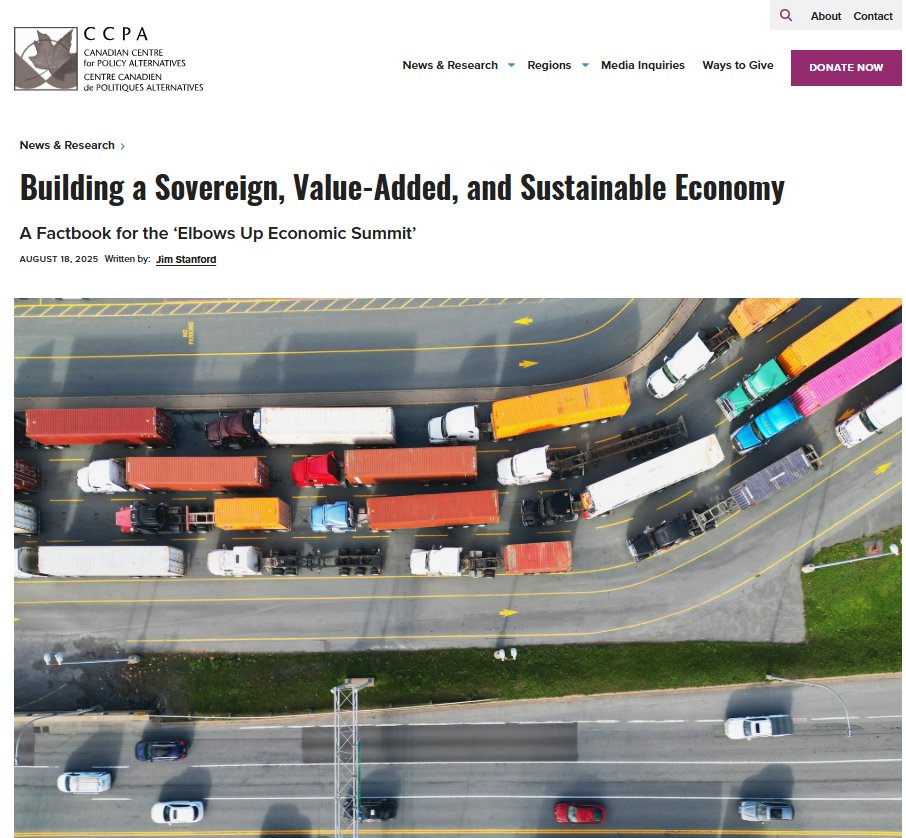If actions match these words, this #SFT will be a historic step forward in Canadian social policy in several key areas: childcare, disability GIS, pharmacare, and a new EI system. All ambitious, and necessary. #BuildBackBetter #cdnpoli ...2
Somewhat reminiscent of Pearson's minority governments in the mid-60s, which brought in CPP, medicare, and the Canada Assistance Plan. Minority government can work well! ...3
Conservatives' predictable rant on deficits & debt will go nowhere, esp. as Canadians are losing sleep over COVD 2nd wave & continuing recession (not debt bogeymen). And CPC won't whisper about what they'd cut for a smaller deficit: they know that would be the end of them. #SFT
One important thing missing from #SFT: fulfilling Libs' promise to implement a $15 / hour minimum wage in the federal sector. Was supposed to happen this year. It is an important step, would reinforce provincial min wage goals, and doesn't cost govt much at all. ...
Perhaps that is another item for @theJagmeetSingh to raise in his discussions over the next week??
• • •
Missing some Tweet in this thread? You can try to
force a refresh











